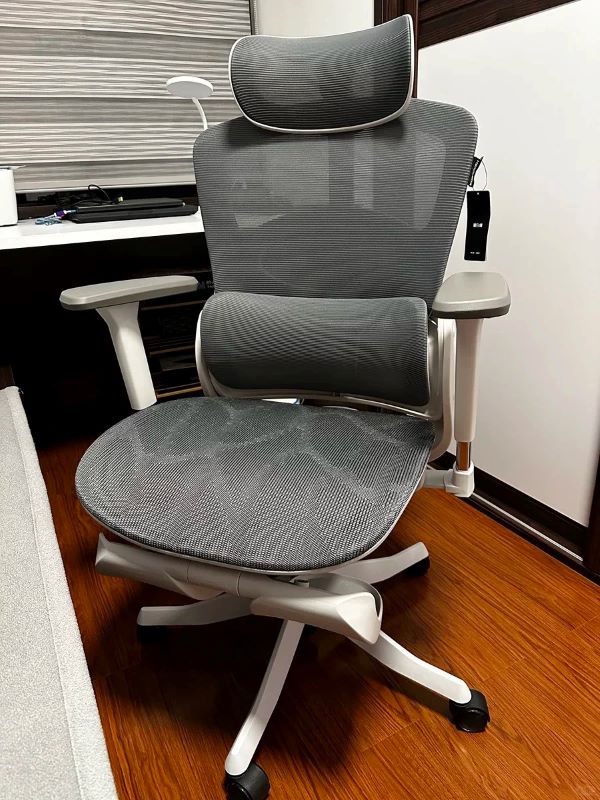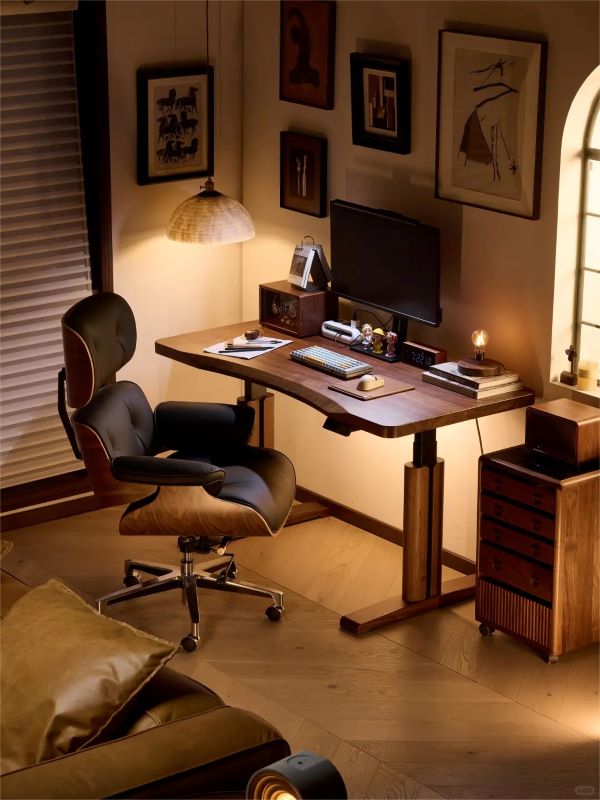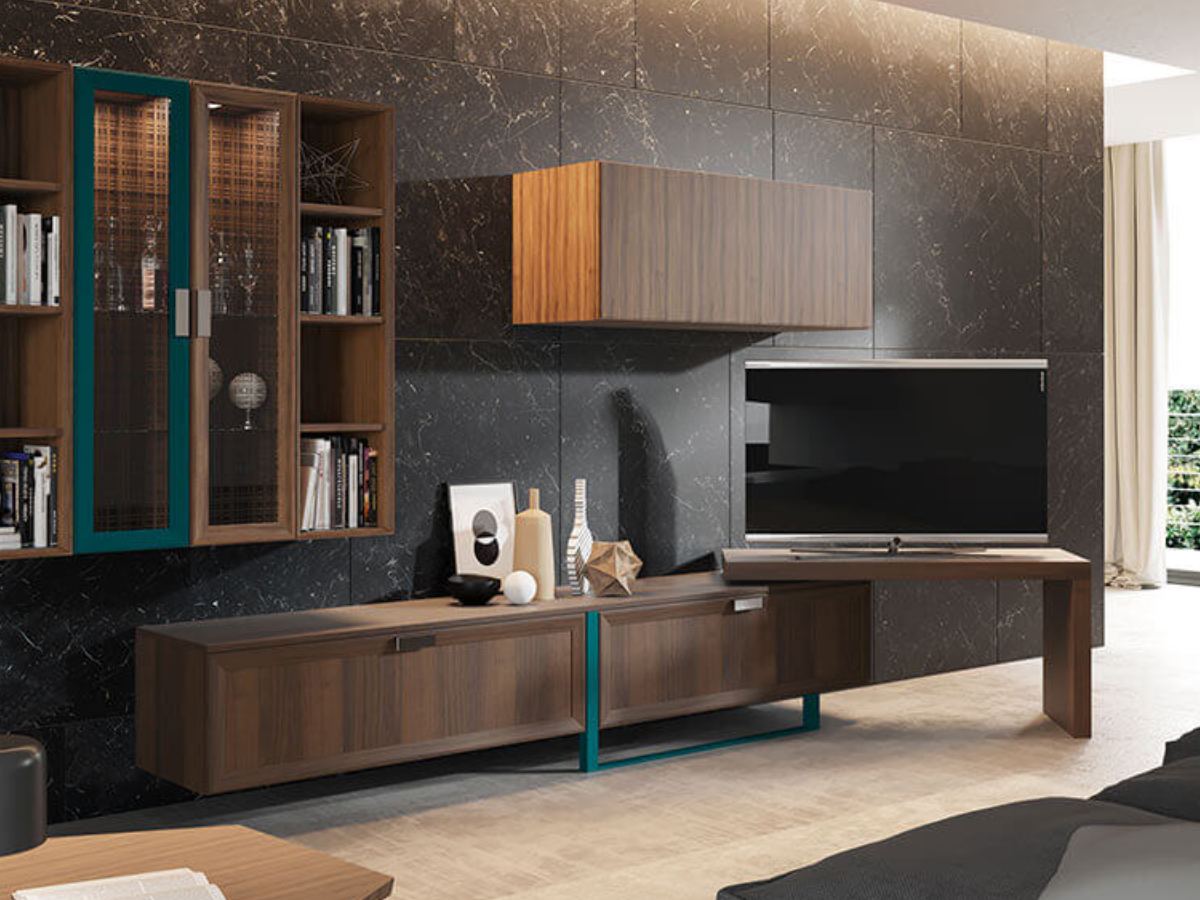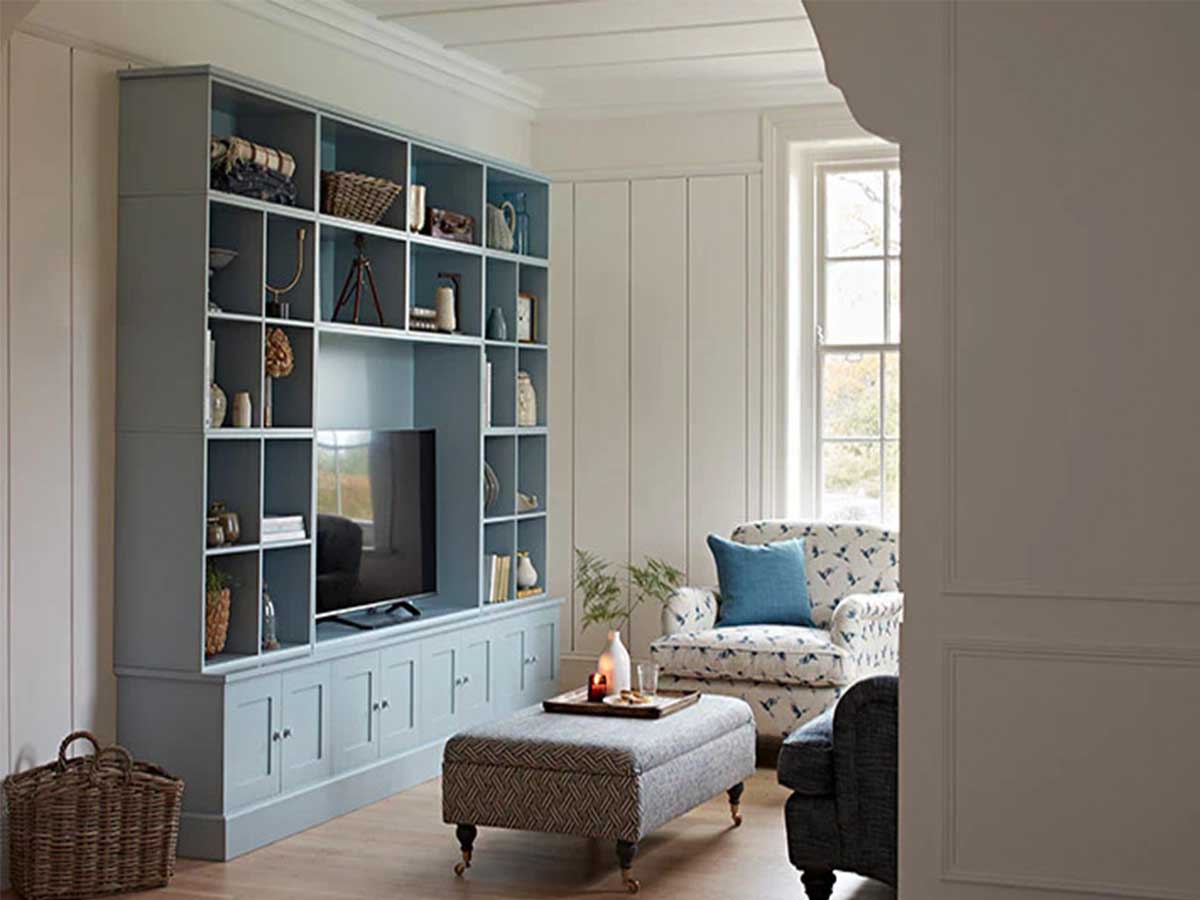

All areas of life are full of humane design, each design is to better serve mankind, that use in our daily life will make us more comfortable.
Humane design is a design philosophy that emphasizes considering human needs, habits, psychological characteristics, and other factors during the design process to enhance user experience and satisfaction. This type of design focuses on usability, functionality, aesthetics, and harmonious coexistence with people, aiming to create products or services that make people feel comfortable, convenient, and pleasant. Humane design has permeated all aspects of our lives, such as smartphones, web design, public space design, and smart homes. These applications reflect the core concept of humane design, which is user-centric, focusing on users' feelings and needs to provide a more convenient, comfortable, and enjoyable experience.
Humane design is especially important in furniture design because furniture is an indispensable part of our daily lives and work. Whether it's office chairs, sofas, beds, or storage cabinets, furniture needs to meet basic functional requirements and provide users with a comfortable and pleasant experience. Through human-centered design, furniture can better align with ergonomic principles, reducing discomfort and fatigue from prolonged use, thereby improving users' quality of life and work efficiency.
Moreover, the application of humane design in furniture can enhance the safety and sustainability of the products. For example, designers pay more attention to environmental friendliness and durability in material selection and craftsmanship, ensuring that the furniture has no negative impact on users and the environment during use. In summary, the application of human-centered design in furniture is not only about improving functionality and aesthetics but also about caring for users' physical and mental health and overall well-being.
To achieve the most human-centered interior design, the following key points are essential:
●First, fully understand the needs and habits of the users. Different people have different lifestyles and preferences. Designers need to communicate deeply with clients to understand their daily behaviors, likes, and special requirements.
●Second, pay attention to the layout and functional zoning of the space. Reasonably plan the functions of each area to ensure the space is smooth and comfortable, meeting people's actual living needs.
●Third, focus on details. For instance, choose appropriate materials and colors to create a warm and comfortable atmosphere; consider the distribution and brightness of lighting to meet the needs of different scenarios.
●Additionally, flexibility is crucial. The design should have a certain degree of adjustability to accommodate possible future changes by the users.
●Lastly, emphasize environmental protection and sustainability. Choose environmentally friendly materials to lessen their environmental impact.
● In summary, the most humane interior design fully considers people's feelings and experiences while meeting functional requirements.
Ergonomic furniture is one of the core elements of human-centered design. Ergonomics focuses on designing products to fit the natural shape and movements of the human body, thereby enhancing comfort and productivity. This approach aligns perfectly with the principles of humane design, emphasizing well-being and human-centric innovation.
Heibai Diao P2 Pro Office Chair

Appearance is the key! The color and design of this chair are truly the fashion highlights of any office. The frost-white color instantly lifts your mood, combining simplicity with a touch of elegance.
Its ergonomic design perfectly fits the curve of the human back, providing unprecedented support for the spine. Sitting for long periods won't be tiring, making it a blessing for anyone who needs to work or study for extended hours! Moreover, this chair offers adjustable backrests and armrests, providing the most considerate care whether you want to relax or maintain a formal posture.
The most amazing feature is the material: even in summer, it stays cool and refreshing, preventing any stuffiness. This is incredibly important for those who are sensitive to heat!
Height-Adjustable Desk

Having a good atmosphere and a relaxing area at work makes a huge difference. For the office desk, I chose a black walnut tabletop for its lasting appeal and warm texture, which gives a sense of warmth.
When working from home, comfort is paramount. Prolonged sitting has caused issues with my lumbar spine, so to relieve muscle fatigue from a single posture, I opted for a height-adjustable desk, allowing easy switching between sitting and standing. The powerful dual motors ensure a quiet and smooth lifting experience, with an obstacle avoidance feature and four-height memory settings for safety and convenience.
In furniture design, balancing comfort and functionality is the key to human-centered design. Designers must ensure that furniture not only has an attractive appearance and practical functions but also provides a comfortable experience for long-term use. Here are a few methods to attain this balance:
Comfort: By selecting soft yet supportive materials, such as high-density foam, breathable fabrics, and leather, designers can ensure that furniture provides both support and a comfortable touch. Additionally, designers should focus on the shape and curves of the furniture to fit the natural form of the human body, reducing pressure points.
Functionality: Functional design requires furniture to have multiple uses and flexibility. For example, desks with storage space, foldable or stackable chairs, and multifunctional sofa beds can all meet the diverse needs of users. The design of the furniture should be simple and straightforward, easy to use, and durable enough to withstand frequent use and different environmental challenges.
The application of humane design in furniture not only enhances user comfort and well-being but also brings numerous benefits to health and work efficiency. I hope this article improves your future living experience. If you are interested in our furniture, please feel free to contact us. We have the most professional team to help you create your own style, allowing you to enjoy the beauty of our furniture while experiencing a more comfortable and warm human-centered home.

Discover the ideal cabinet for TV with our tips. From style and storage to size and functionality, explore stylish options that fit your budget and living space.
21 June 2024

A family bar is more than just a place to sip wine, it's a space to relax and unwind. Sip time is most enjoyable, either alone or with family and friends.
07 June 2024

Modular furniture represents a paradigm in contemporary interior design, where flexibility, customization, and functionality come together.
28 March 2024